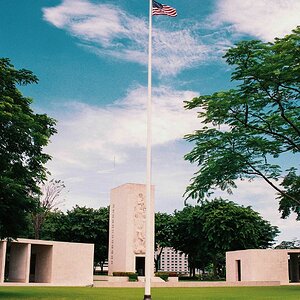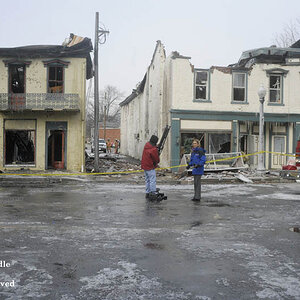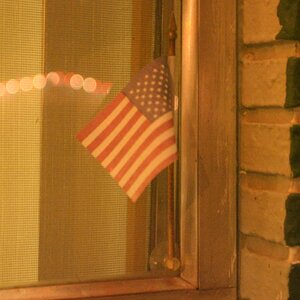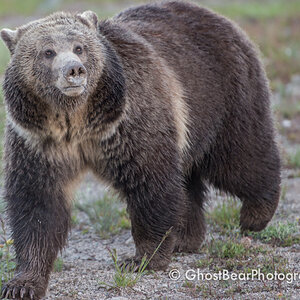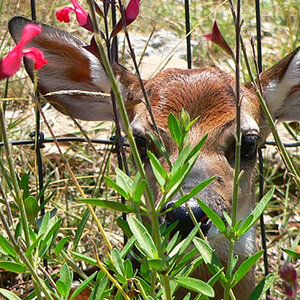PhotoDonkey
TPF Noob!
- Joined
- May 20, 2008
- Messages
- 167
- Reaction score
- 0
- Location
- South Dakota
- Can others edit my Photos
- Photos OK to edit
This picture was taken close to sunset with a point-and-shoot.

That's generally the bluest sky I get unless I do some post-processing.
But I see these photos with bluer skies than I see when I look up at the sky on a given day.
I'm just wondering if the skies are actually bluer in different locations (due to elevation, etc.) or if there is something I should be doing with color balance to bring out the bluer sky.
I use a circular polarizer but my skies still look blown out compared to the next guy's. I have tried the 90 degrees to the sun at close to sunset, but I'm just wondering if my location is playing into it (as you can probably guess from the above shot, I live in South Dakota).

That's generally the bluest sky I get unless I do some post-processing.
But I see these photos with bluer skies than I see when I look up at the sky on a given day.
I'm just wondering if the skies are actually bluer in different locations (due to elevation, etc.) or if there is something I should be doing with color balance to bring out the bluer sky.
I use a circular polarizer but my skies still look blown out compared to the next guy's. I have tried the 90 degrees to the sun at close to sunset, but I'm just wondering if my location is playing into it (as you can probably guess from the above shot, I live in South Dakota).







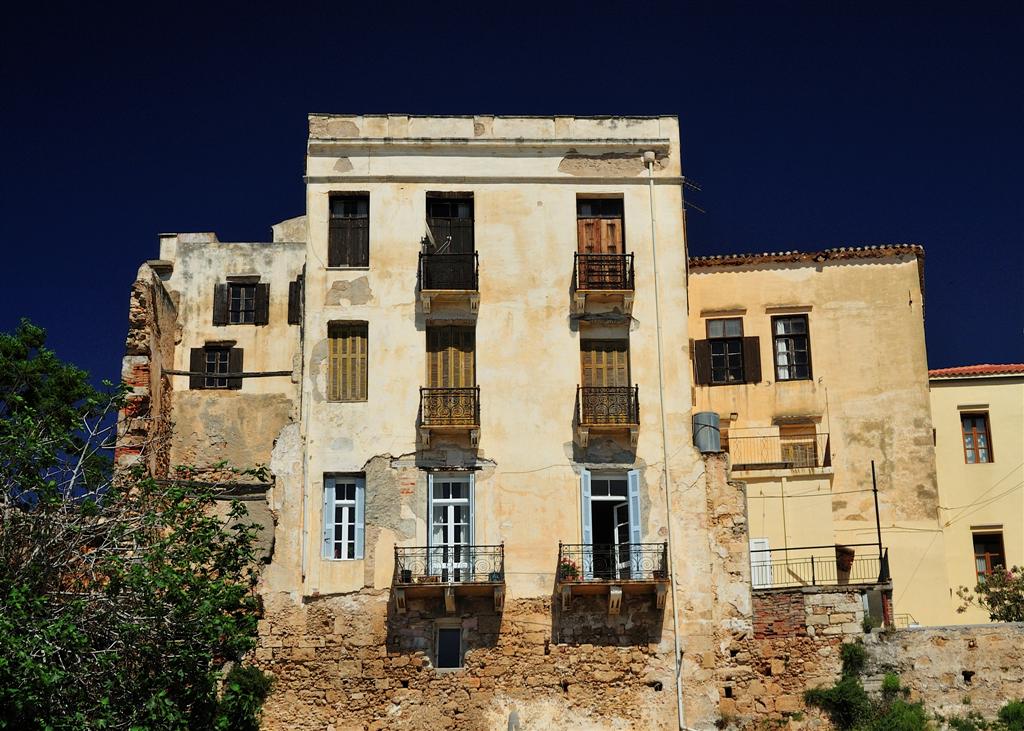
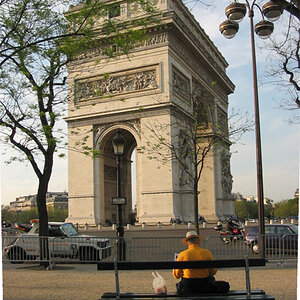


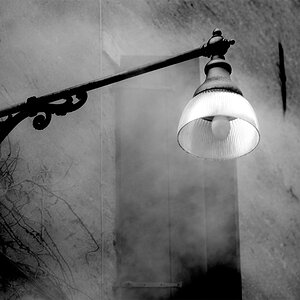
![[No title]](/data/xfmg/thumbnail/37/37526-bc41ead4d3f2330d3e37da95abf9132e.jpg?1619738130)

